FUNDAMENTALS |
BELIEFS A — Z |
|
INSPIRATION |
ENCYCLOPEDIA |
|
Survival Acupuncture dolls. Life Energy FundamentalsNow, the primary concern to Homo rudis, as well as to mankind ever since, was to stay alive. Therefore, he paid great attention to his breathing and the state of his bodily fluids, in order to preserve life in his body. The reason for medicine taking so long to leave the very rudimentary state of bloodletting and balancing of the bodily fluids was probably because it seemed to work as well as could be expected. Mostly through history, people lived until a respectable age, if they just survived childhood. Up to modern times, child mortality was very high, and there seemed to be nothing to do about it. Adult people usually reached about the same age, if not killed in an accident, in battle, or in a dreadful disease that there was just no way of explaining. And of course, sadly: the ones who had the shortest life expectancy were the ones regarded as the least important in society. There was no explicit need for medical progress, so it waited. There were legends in many cultures about ancient people living much longer than present man, but no confirmed method to repeat that longevity could be found. Certainly, there were dreams about longevity — for example in Chinese religious Taoism of old (see the image above of the Taoist immortal Lu Tung Pin), and in Medieval European alchemy. But they rarely believed that any treatment of the bodily fluids would suffice. Instead, they experimented substantially with different magic potions. But that had little to do with the progress of regular medicine. There were diseases that struck civilizations severely, such as the Black Plague in Europe, but those were seen as divine acts, or brutal fate. There was no cure in sight, so these plagues did little to inspire the science of medicine. As for diseases that were not as common, but still grave, the old treatments involving bodily fluids were used, and nothing else seemed to do any better. Actually, significant improvement in medicine did not commence until the 19th century, with the discovery of the importance of medical hygiene, by the British physician John Snow (1813-1858, see the portrait to the right), and that of germs as the causes of illnesses, by the German physician Robert Koch (1843-1910, see the image below). Although primeval man believed in a life force necessary for every living being, that force seemed to be of little or no importance in the case of illnesses. It could not be used to cure them, at least not in a trustworthy way. So, Homo rudis had to conclude that illnesses were things that had nothing to do with the life force — but with the body that it operated, through the will of the mind. The body got ill, and not the life force, and the body deteriorated, although the life force persisted. This separation made sense, especially since the mind of the ill rarely changed at all, nor did the way the mind operated the body. Homo rudis was convinced that the mind and the life force were things completely different from the body they used as a vessel. Diseases were things of the body in itself, and therefore mostly impossible for the mind and the life force to affect. Of course there were traditions of life force treatments aimed to cure illnesses, but they seem not to have been pursued with that much attention to results, almost as if done half-heartedly. Also, they were in most cultures not developed at all through time, but remained the same for thousands of years, although evidently not that successful to begin with. The same can be seen in the eating habits of human societies. They have been remarkably consistent through the years. Actually, this conservatism goes for just about all things pertaining the body. The only field of drastic change to the body has been how it was decorated and dressed — and that, too, only in some cultures. The reluctance toward change of bodily matters, even when such a change seems urgent, must depend on the tendency in just about all human cultures to regard the corporeal as lesser than the incorporeal, and less accessible to change. The mind is quick to adapt, even if challenged as much as to change from one language to another, whereas the body is reluctant even to do as little as lose a pound of weight. It can be moved about, according to the mind's will, but little else is possible to do with it. And it is a vessel, not the passenger. Humans of distant as well as recent times have regarded the mind as the reason for being, and the body merely as its tool and vessel. Not until the last two centuries has there been much concern for the body, or how to improve it.
Next
About CookiesMy Other Websites
Qi Energy ExercisesThe ancient Chinese life energy qi (chi) explained and how to exercise it.
Creation MythsCreation stories from around the world, and the ancient cosmology they reveal.
Cosmos of the AncientsWhat the Greek philosophers believed about the cosmos, their religion and their gods.
TaoisticTaoism, the ancient Chinese philosophy of life explained. Also, the complete Tao Te Ching online.
Other Books of Mine
The Greek philosophers and what they thought about cosmology, myth, and the gods. Click the image to see the book at Amazon (paid link). |
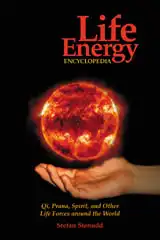 Life Energy Encyclopedia
Life Energy Encyclopedia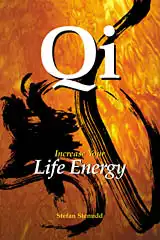 Qi — Increase your life energy
Qi — Increase your life energy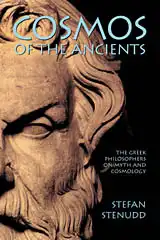 Cosmos of the Ancients
Cosmos of the Ancients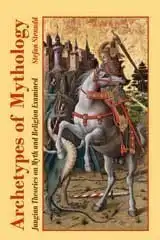 Archetypes of Mythology
Archetypes of Mythology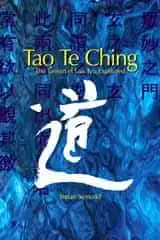 Tao Te Ching
Tao Te Ching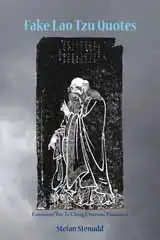 Fake Lao Tzu Quotes
Fake Lao Tzu Quotes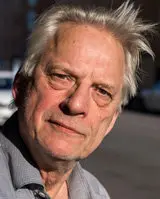 Stefan Stenudd
Stefan Stenudd